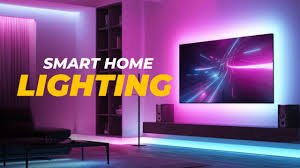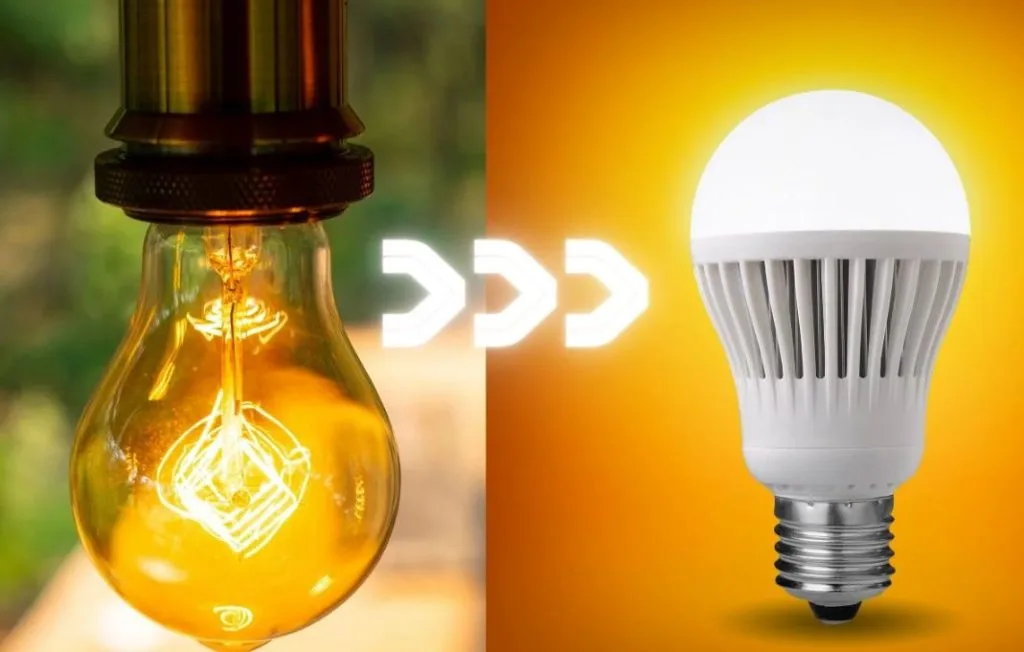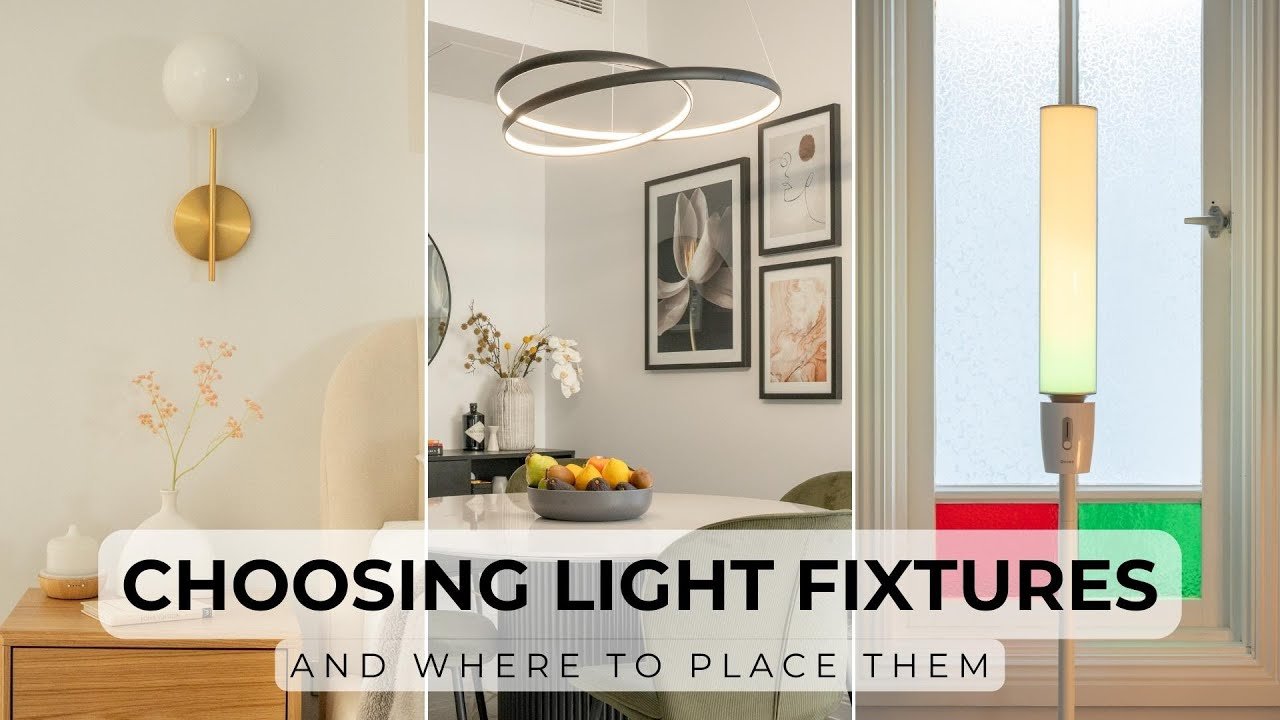Lighting is a key element in creating the perfect atmosphere in any room, but traditional lighting systems are becoming a thing of the past. With the advent of smart lighting, homeowners now have the ability to control their lighting remotely, customize their lighting scenes, and even automate their lighting based on their needs and preferences. In this article, we’ll explore how you can upgrade your home with the latest smart lighting technology and the benefits that come with it.
What is Smart Lighting?
Smart lighting refers to a system of lighting that can be controlled remotely using a smartphone, tablet, or voice assistant. Unlike traditional light bulbs that simply turn on or off, smart lighting allows you to adjust brightness, change colors, and schedule lighting scenes. With smart lighting, you can automate your lights based on your daily routines or create personalized lighting settings for different moods or activities.
Benefits of Smart Lighting
Convenience and Control One of the biggest advantages of smart lighting is the convenience it offers. With a simple tap on your phone or a voice command, you can control your lights from anywhere in the house—or even when you’re away. This means no more fumbling around for switches in the dark or having to get up to adjust the lighting in a room.
Energy Efficiency Smart lights are designed to be energy-efficient. Many smart bulbs use LED technology, which consumes significantly less power than traditional incandescent bulbs. Additionally, you can automate your lights to turn off when not in use, helping to reduce your energy consumption and lower your electricity bill.
Customization and Ambiance Smart lighting offers a level of customization that traditional lighting systems simply can’t match. You can adjust the brightness of each light individually or change the color to suit the time of day, occasion, or mood. Whether you’re hosting a party, winding down after a long day, or setting the scene for a movie night, smart lighting helps create the perfect atmosphere.
Integration with Other Smart Home Devices One of the best features of smart lighting is its compatibility with other smart home devices. Most smart lighting systems can integrate seamlessly with voice assistants like Amazon Alexa, Google Assistant, or Apple HomeKit. This allows you to control your lights with simple voice commands, like saying, “Alexa, turn off the kitchen lights,” or “Hey Google, set the living room lights to blue.”
How to Upgrade Your Home with Smart Lighting
1. Choose the Right Smart Bulbs The first step in upgrading your home with smart lighting is selecting the right smart bulbs. There are many different types of smart bulbs available, including:
- Color-changing bulbs: These bulbs allow you to change the color of your lights to create different moods or effects. They are perfect for bedrooms, living rooms, or home theaters.
- White bulbs: These bulbs offer a range of white tones, from warm to cool. They are ideal for spaces like kitchens and bathrooms, where bright, white light is often preferred.
- Smart dimmable bulbs: If you prefer more control over the brightness of your lights, look for bulbs that offer dimming features. These bulbs are perfect for creating the ideal lighting for various tasks and activities.
Many of these bulbs are compatible with smart home ecosystems like Amazon Alexa or Google Assistant, so you can control them through your voice.
2. Install Smart Light Switches If you want to take your smart lighting to the next level, consider installing smart light switches. These replace your traditional wall switches and allow you to control the lights from your phone, tablet, or voice assistant. Smart switches are a great solution for areas of your home where you have multiple lights or ceiling fans connected to a single switch.
3. Set Up Smart Light Hubs To manage multiple smart lighting devices more easily, consider setting up a smart light hub. A hub is a central control unit that connects all your smart lighting devices and allows you to manage them through a single app or control panel. Some smart lighting systems, like Philips Hue or LIFX, offer their own hubs that allow for easy setup and management of lights in different rooms or areas of your home.
4. Automate Your Lighting One of the most exciting features of smart lighting is the ability to automate your lighting. Using smart lighting apps or integrations with voice assistants, you can create schedules for your lights to turn on or off at specific times. For example, you can set the lights to automatically dim when it’s time for bed or to turn on at sunset to welcome you home. Some systems also offer geofencing, which uses your phone’s location to turn the lights on or off when you’re near or far from home.
5. Create Lighting Scenes Another cool feature of smart lighting is the ability to create custom lighting scenes. This means you can program your lights to adjust to a specific color and brightness setting with just a tap or voice command. You might create a “movie night” scene with dimmed, soft lighting, or a “dinner party” scene with bright, warm lights. You can set up multiple scenes for different activities or moods and activate them whenever you need them.
Things to Consider Before Upgrading to Smart Lighting
While smart lighting can be a game-changer in terms of convenience and ambiance, there are a few things to keep in mind before making the switch:
- Compatibility: Make sure the smart lighting products you choose are compatible with your existing smart home setup (e.g., Amazon Alexa, Google Assistant, Apple HomeKit). Some systems may require a hub or bridge, which can add to the initial cost.
- Security: As with any smart home device, security is important. Ensure that your smart lighting system is protected by strong passwords and encrypted networks to avoid any potential hacking risks.
- Cost: Smart lighting systems can be more expensive than traditional bulbs. However, the long-term energy savings and convenience can make the investment worthwhile. It’s also possible to start small by upgrading one room or area at a time.
Conclusion
Smart lighting is a simple yet effective way to enhance your home with the latest technology. It offers convenience, energy savings, and customization that traditional lighting just can’t match. Whether you’re looking to create the perfect atmosphere, automate your lighting, or integrate your lights with your smart home system, upgrading to smart lighting can make a huge difference. By choosing the right bulbs, switches, and hubs, you can easily transform your home into a more efficient, enjoyable, and personalized space.


